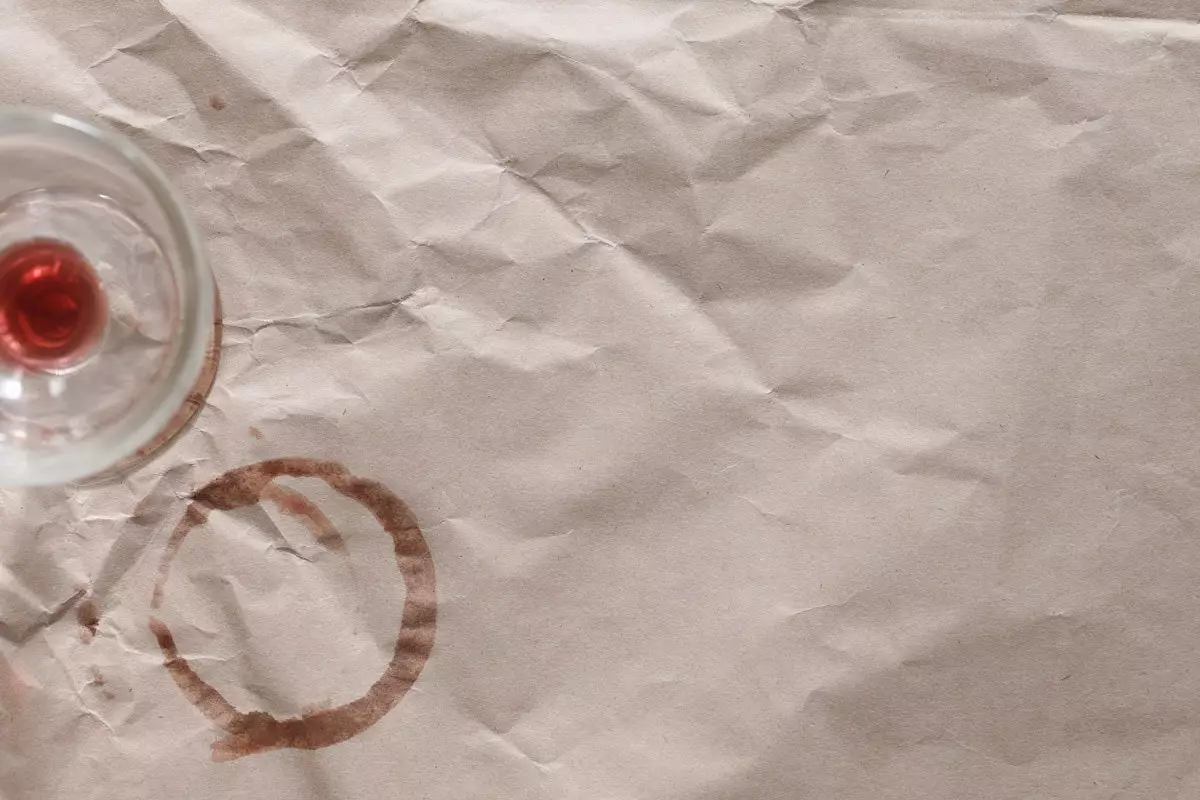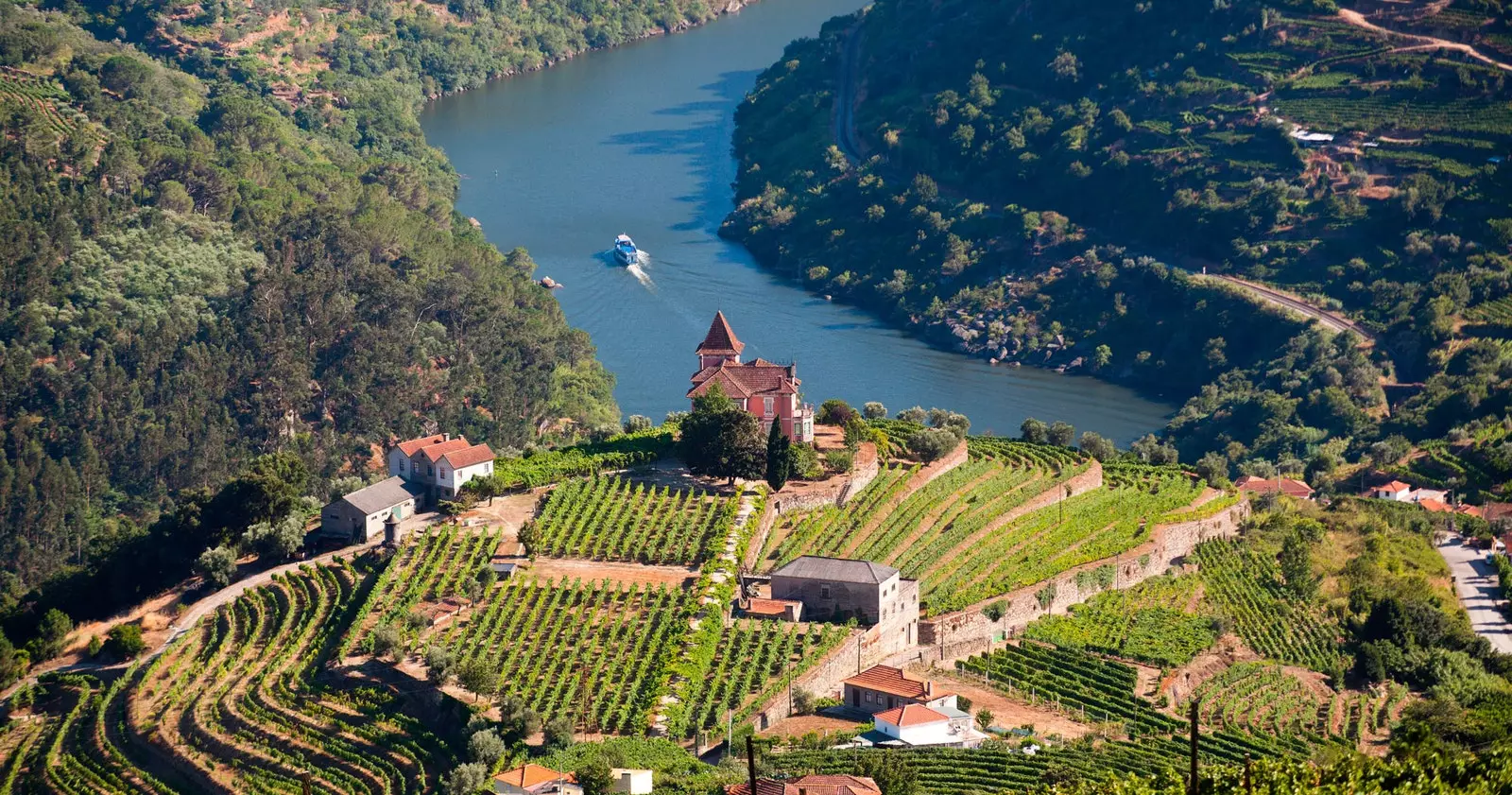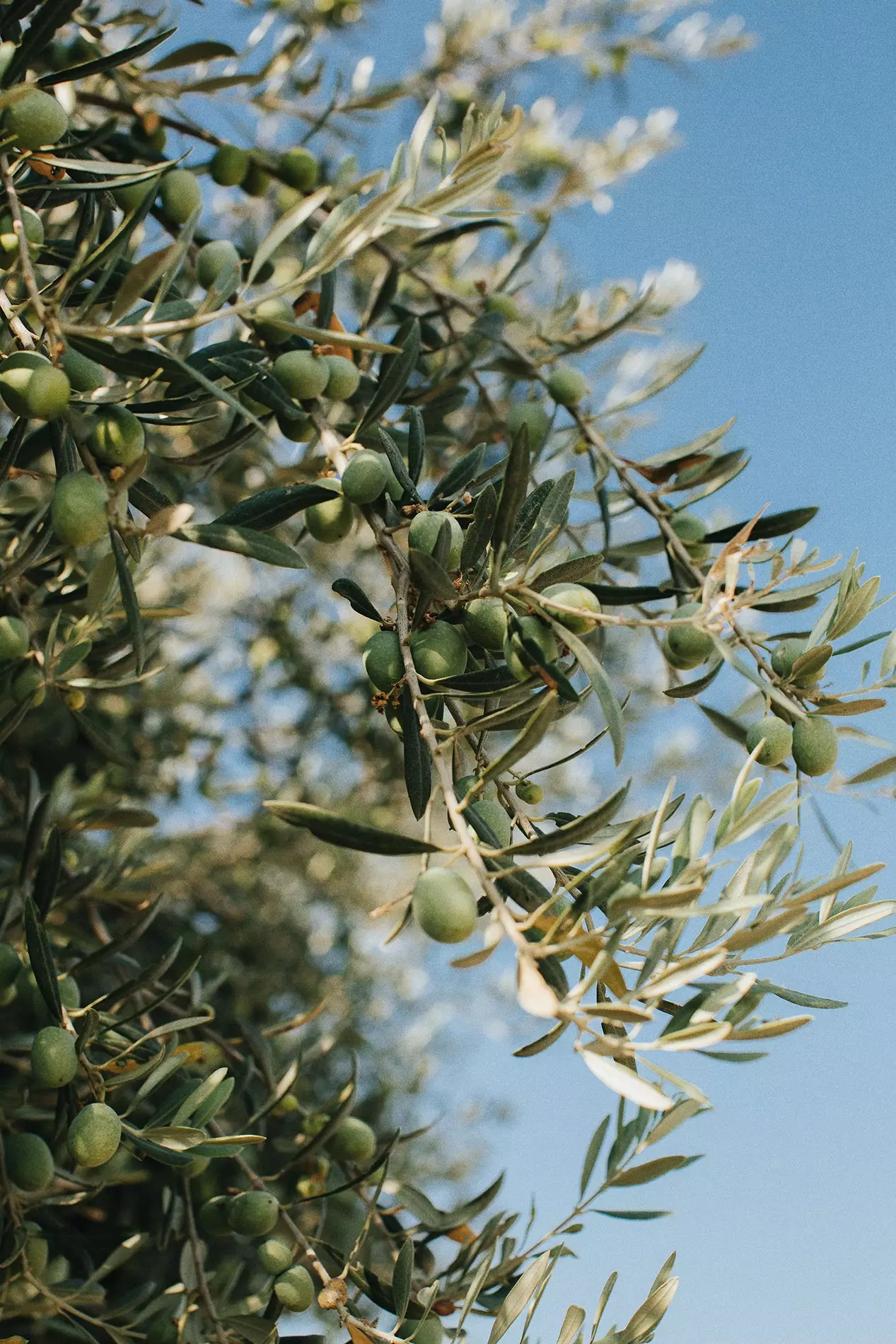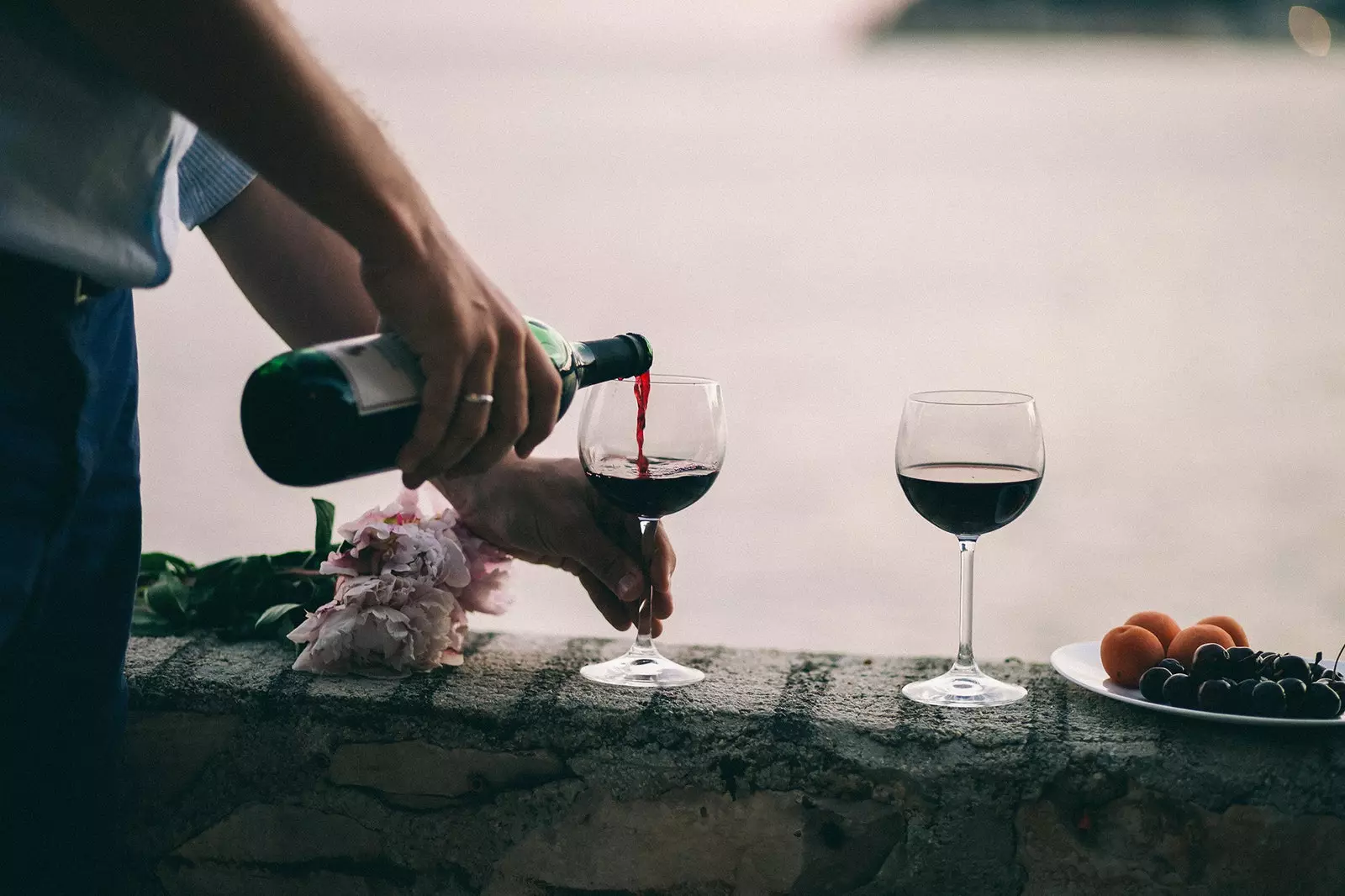How many times have we come across, gathered at a restaurant table, a group of lovers of came ? It is easy to recognize them. When the waiter fills their glasses, the diners raise their glasses, they start to smell them like the bookseller who sniffs the pages of a new book, and they look at the glass in search of some kind of painting that only they can see.
Then they shake the glasses, drink the wine, and comment on his personality in the same way that a guide explains and unravels a painting in the Prado Museum: with detail and experience. And so, those of us who attended the scene wondered… What will wine have to raise such passions?

From tasting to tasting.
The best answer to our concerns is found in the depths of a cellar . In Spain we are fortunate to have hundreds of them, distributed throughout the most famous wine-producing areas of our country, especially in Andalusia, La Rioja, the Rías Baixas, the two Castillas, and certain areas of Levante.
And it is next to the Duero that Bécquer and Machado crossed where it rises Farm Villacreces : a winery of illustrious renown where a rookie northerner reporter who prefers white to red received a full-fledged initiation into the world of wine. Now, knowing that the grapes are ripe, and the cold lurks around the corner I think it's time to lend you a hand. You cannot visit a winery without knowing what happened to show you.
THE PLACE
Most of the wineries in our country, and especially those of greater renown, are located in land with a wine tradition dating back centuries. The most common is that the vineyards once belonged to a monastery , being the Church a traditional interested in the possession of wine for the mass.
With the arrival of the confiscations of the 19th century, these vineyards became part of the heritage of certain powerful fans to wine, like the Marquis of Murrieta in La Rioja, who soon understood the value that a good wine could reach abroad.
And behind the pioneers, new signatures arrived , investors, and new plant warehouses , designed by internationally renowned architects such as Norman Foster (Bodegas Portia, Burgos) or Santiago Calatrava (Bodegas Ysios, Álava).
These warehouses are located in dry and sunny places , whose soil, preferably formed by alluvial deposits, must allow the correct drainage of water to avoid flooding. Therefore, they result the lands next to the Ebro and Duero rivers are highly demanded , mighty compared to the other Spanish rivers, also protected by large terraces that prevent flooding, as in Peñafiel lands.

The Douro Valley.
to the vineyards excess water does not suit them , so they are also suitable clay soils , very common in La Rioja. Lastly, we have the sandy soils , where vines grow in Galicia, capable of filtering the abundant rains from the north and thus avoiding drowning the vines.
A WALK THROUGH THE VINEYARDS
The wineries are surrounded by vineyards, in an orderly arrangement between the land dedicated to cultivation and the harvest work inherited from the ancient village roman . Everything that surrounds the wine is imbued with tradition, including the trees that shade the vineyards.
in the cellars we can find olive trees , mentioned in the Bible as part of the first plants that, along with the vine and the juniper, emerged on Earth after the Universal Flood. The white dove returned to the ark with an olive branch, and Noah can be considered the first winegrower , the first winemaker and also the first drunk of Humanity (Genesis 9:20).

Olives.
What the biblical prophet did not imagine is that he would start a whole trade: viticulture . An art that begins to be glimpsed while walking among the orderly rows of vines that populate the land surrounding the winery.
Nothing in the vineyards is left to chance. The vines are oriented towards the winds that, depending on the region, are more favourable. The branches know where to grow thanks to the cycle, which culminates in a fan shape to ensure that grapes receive sunlight . Grapes that, depending on their type, need land with water, such as cabernet, or drier soil, such as the tempranillo variety.
The work in the vineyards begins with the arrival of spring . The vines announce that they have awakened from their winter lethargy by crying, a small emanation of water and sap that sprouts from the plant through its wounds in the bark. The earth begins to warm , and it is necessary to cover the roots with a dense plant cover to retain moisture.
After, the vines are pruned according to the "branch/thumb" canon, leaving two bunches of grapes per branch that will produce, per vine, two kilograms of grapes. In May we pray to avoid frost , and the end of summer is expected. It will be in September when the harvesters announce the veraison and proclaim loudly, "the grapes are turned!"
THE CELLAR
The arrival of the harvest For the vineyard, it means a storm of activity whose center is in the cellar. The winegrowers, in a team with the winemakers, go to the vineyards to check that everything is in perfect condition. With expert eyes, they indicate which vineyards have not complied with the quality standards of each winery , where a manual selection of the grapes is carried out.
It is here, in the grape treatment process , where some wineries begin to be distinguished from others. At Finca Villacreces, where it is produced the remarkable Prune , they let the grapes dry in the air, the "mistral" as the harvesters call it, trying to harden the skin of the fruit by contact with the breeze. It is very important, they indicate, that the skin of the grape does not break before entering the barrel, since this helps to macerate and ferment the must.
The rooms that house barrels are the epicenter of a winery , and also, its most inspiring corner. There are huge ones, like the fudres , an experimental model that allows the wine to carry out convection inside the barrel, and daring, such as the concrete amphorae used by some of the most innovative firms. However, the queen of the barrels is still that French oak, bordelaise , with a capacity of 225 liters and a life of three years.
The must , because it is not yet wine, it is introduced in some barrels that have been previously heated to avoid any gap between its woods, in a process known as "toasting". After, completely filled with liquid , counting on a part of it will mysteriously disappear as soon as the barrel is opened. It is the so-called "cota de los Angeles" , because formerly it was believed that they were the ones who secretly drank part of the wine.
We now know that it is due to alcohol evaporation process , although the oenologists keep the name: when it comes to wine, everything is tradition.
THE TASTING ROOM
Once the winemaking process has been understood, it is time to taste the fruit of so much effort . The help of the guide will be essential to understand the nuances and flavors that will appear on our palate, because without a proper teacher, one can perceive differences, but will not be able to identify them.
The first, however, is remove the cheese from any tasting : its strong flavor alters that of the wine, intensifying the aromas and confusing the palate. That's why it was always said that a bad wine could pass for good if it was accompanied with cheese , and the expression “don't give it to you with cheese” has survived in our language to warn someone that they may be the victim of a hoax.
First, once with the wine in the glass, we must observe it , putting the cup on a white background to appreciate the color. Later, an ineffable way of check the quality of a wine is to move it, to check if the transparent mark of alcohol that the wine contains remains in the glass.

We tested it?
And finally, we must smell the wine letting ourselves be carried away by our sense of smell. Fruity nuances predominate in young wines, while sweet tones appear in older ones, reminiscent of currant or compote.
Subjectivity among novice tasters is the norm , and why not say it, the tasting sauce. Many will dare to contradict winemakers, others will praise them, many others will profess their love for young wines, and not a few for experimental creations. The debate around wine It is always served, forgive the redundancy, in a crystal glass.
However, paired with sausage, cheese and bread, wine has witnessed some of the most important conversations in our history . Conversations that perhaps we will be able to carry out in the future, sitting or sitting whoever reads these lines, before a minister, promoter or boss recognized as an oenophile: perhaps it is that moment when we need to talk about wines and wineries.
Serve this guide article for those times when we need to camouflage ourselves as what we are not: wine experts. But at least, now, we can say that we are not newbies either.
